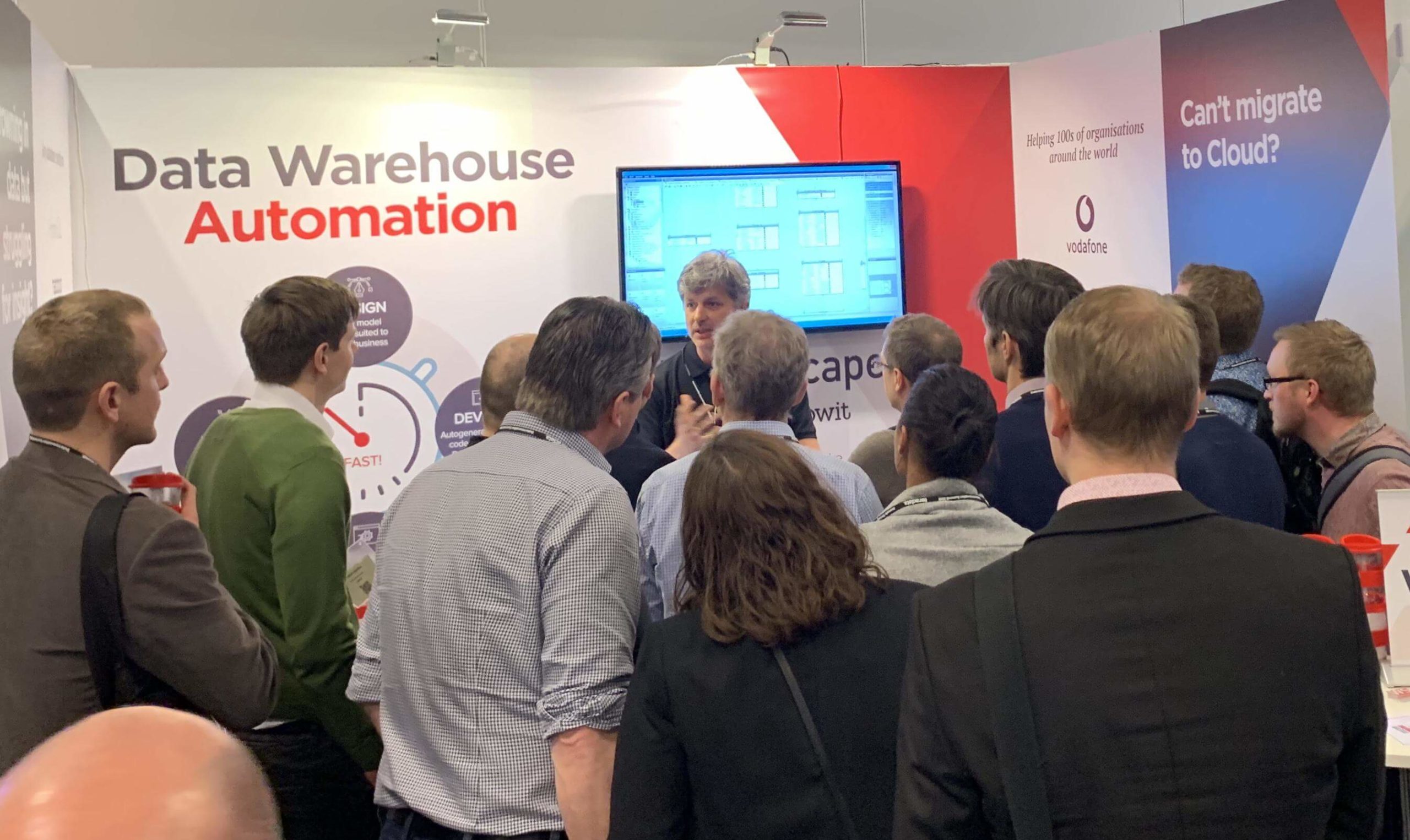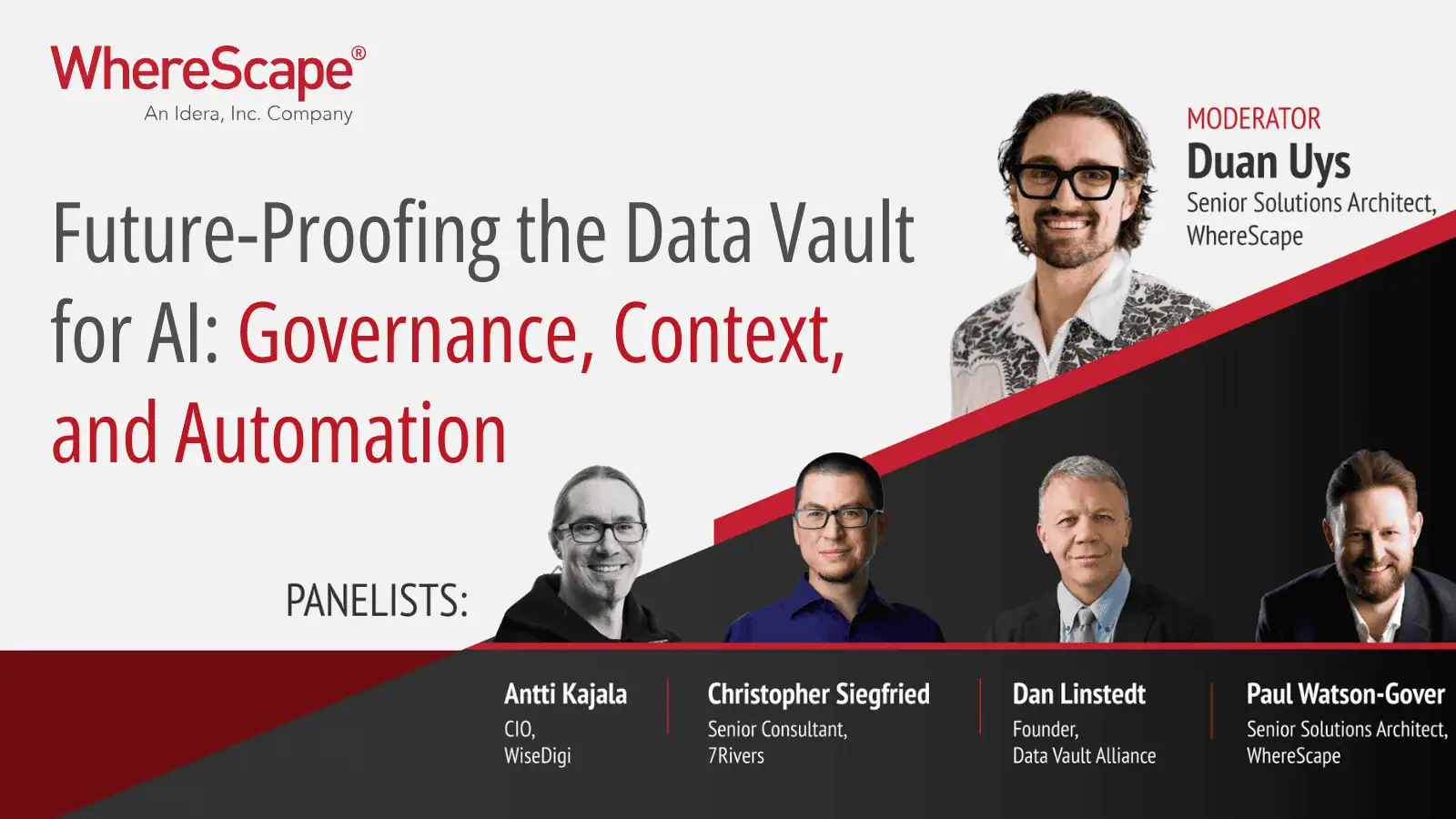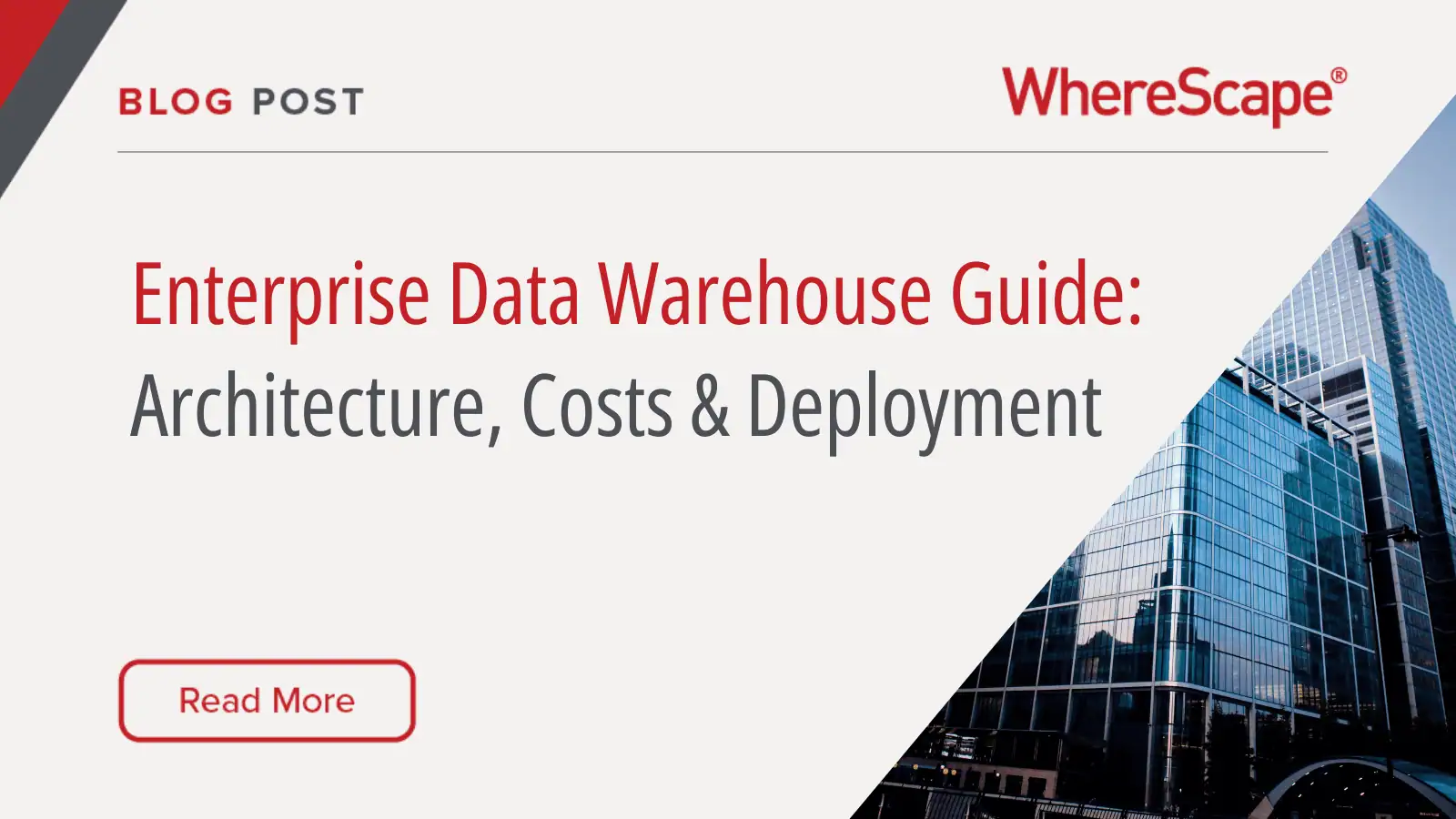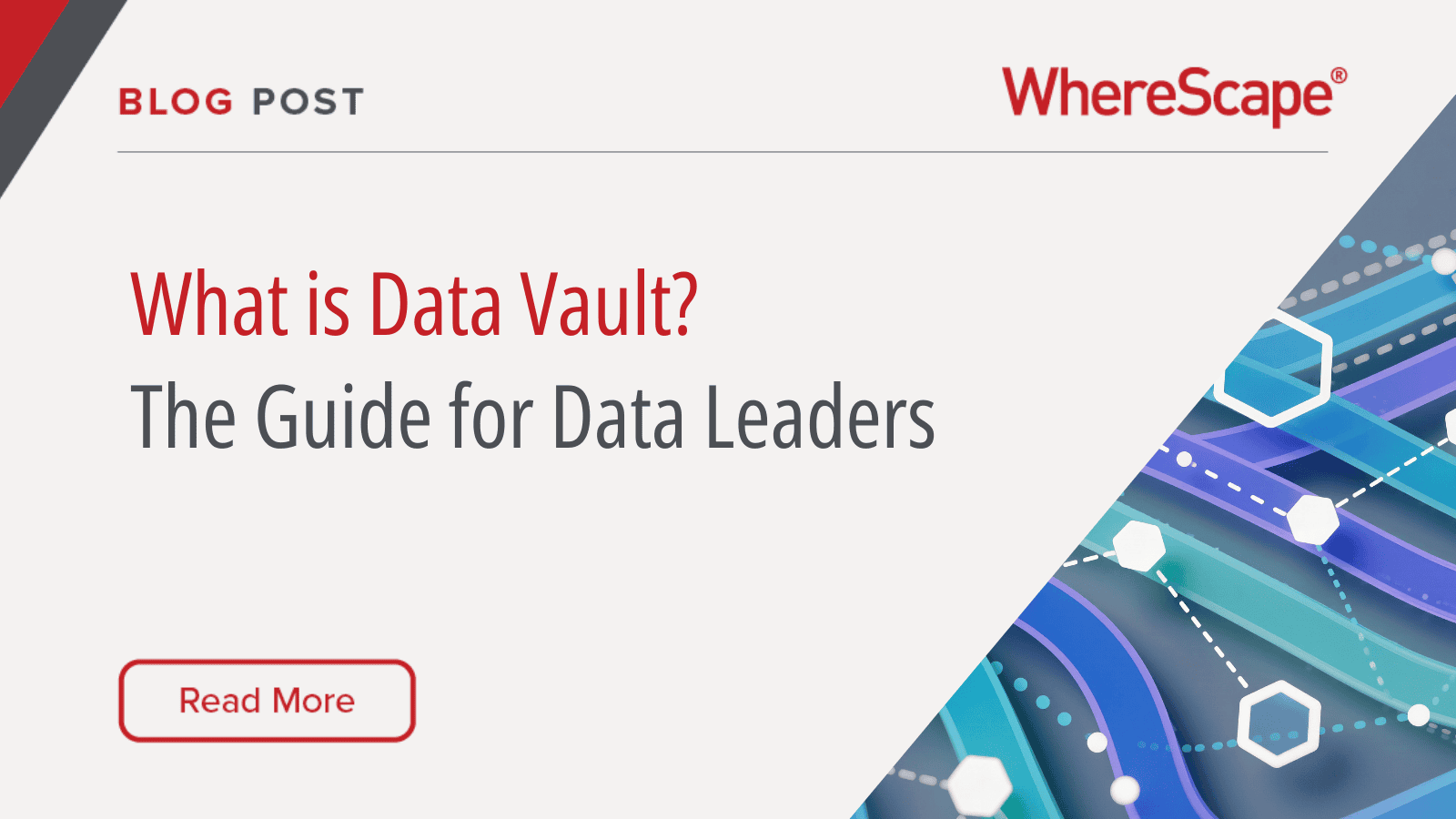Chatting to prospective customers at a recent event, it struck me that, for buyers and sellers of data warehouse solutions, the conversation between the two has shifted irrevocably over the last few years.
With an increasingly buyer-driven purchase process, it’s no longer necessary to discuss with a prospective customer ‘why’ a data warehouse is necessary. Instead, our challenge is to reassure buyers that the ‘what’ of the purchasing decision made today will still be the right one for tomorrow. And automation is the key to that puzzle.
As firms recognise that putting data at the heart of their business can derive competitive advantage, many have begun the process of a digital transformation, and this has led buyers to look at their existing data infrastructure. Most come to the conclusion that their data platforms need modernising but are often fearful of making the wrong decision as to what platform to purchase. With ‘time to value’ of technology investments never more under scrutiny, the risk of being locked into technology that won’t deliver the required gains is one that concerns many of the IT leaders I talk with about data warehousing. They want to know ‘what’ they are going to be getting for their investment and want to understand how they can be assured that it will drive continual value for their organisations.
Now, while I am confident in my own professional abilities, I can never claim to be a fortune teller. However, when looking forward and analysing the right strategy for choosing a new data warehouse platform, I believe I have developed a sensible approach. This process has been tested by the numerous customer engagements I’ve witnessed over the years and is one I’m confident in sharing to alleviate the fear of making the wrong decision.
The strategy is not to be bound too tightly to one platform, but instead to craft a data infrastructure strategy that supports the flexibility needed ahead as your organization, and technology, changes and evolves. A future-proofed approach. Automation of the data warehouse is key to the execution of that strategy – and provides the assurance to buyers that the decision they are making today will also support them well for the future.
You see, whether organizations continue to rely on on-premises data warehouse platforms, migrate to the cloud or will manage hybrid environments of both for the long-run, teams can use automation to provide more to the business faster, with less cost and risk. Customers using automation rather than traditional approaches to design, develop, deploy and operate data infrastructure routinely deliver projects up to 80% faster. Additionally, for organizations ready to move past traditional waterfall development, automation offers the agility to work collaboratively and make adjustments sooner as business users see early iterations of their requests.
Automation also provides the flexibility for teams to pursue the architecture best suited for their organizational needs and fit – data warehouses, data vaults, data marts and data lakes. And makes it easier for them to introduce new data sources and data types into their infrastructure as they emerge, such as streaming data. Metadata-based automation solutions, like WhereScape® automation software, provide IT leaders the flexibility needed to ensure their investment today will support organizational needs well into the future. By leveraging metadata and automation, organizations can not only quickly adopt new technologies, they can also much more easily migrate, regenerate and optimize existing data warehouses on new data platforms as needed down the line.
Peace of mind, we all seek it. My role in conversations these days is to assure buyers that not only can we automate the ‘what’ they decide to purchase to help them reap its benefits faster, but automation will also serve as a safety net if future needs dictate a change. The ‘why’ is data warehousing beneficial conversation is well behind us. The future looks bright.




